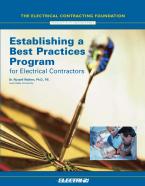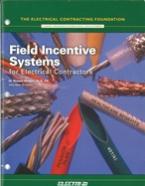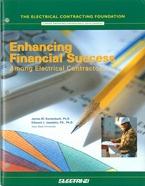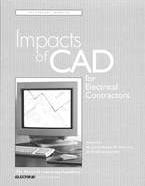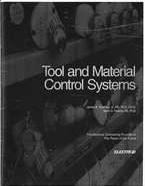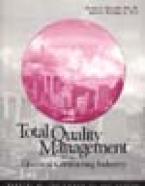Fuel Cell Technology and Electrical Contracting, A Financial Analysis of the Fuel Cell Life Cycle
The purpose of this report is to conduct a financial analysis of the fuel cell life cycle in order to determine when market entry may occur. The analysis has been performed on the life cycle of a 200 kW fuel cell unit, including initial costs, future energy savings and future costs. An economic spreadsheet produced by the Department of Defense is the starting point of the study, and it has been expanded upon to determine present value. The analysis is conducted using the time value of money approach that involves finding the net present value, the discounted payback rate and the project’s rate of returns. The findings of this study include:
- Stationary fuel cells have the ability to produce electricity at efficiencies much higher than those of traditional power plants.
- The fuel cell all but eliminates harmful effects on the environment.
- Because of recent technological advancements, the fuel cell has become a viable source of energy in certain niche markets.
- Prices are high. It is not known at this time when full market entry will occur, but there must be a significant drop in the $4000- $5000/kW cost for the fuel cell to provide economic benefit to the owner.
- Government incentives for fuel cells and other distributed generation technology are considered, along with the effects they have on market entry.
Over the past few decades, the world, particularly the Western world, has become increasingly more dependent on electricity for day-to-day activities. Whether you rely on electricity to heat your home during the winter (or cool it during the summer), to turn on the television to watch your favorite program or to use the oven to make a meal, you expect electricity to be there. Unfortunately, there are times when the power is not there as you expect it to be. While this is an inconvenience, it is generally assumed that limited power outages will occur from time to time. Now imagine that this power outage of two minutes costs your business six million dollars. Is this “inconvenience” still so insignificant? Suddenly, the 97 percent reliability provided by the electric grid proves to be inadequate. This is an example of what happened to the First National Bank of Omaha when its building experienced a momentary voltage sag in 1997 (Armistead).
The outage that lasted mere seconds ended up costing the bank over $6 million per hour of downtime in lost transactions and wires. In these times of 24/7 account access, 365 days a year, higher reliability is required by institutions that offer these services. In response to this voltage sag, the First National Bank of Omaha installed four 200 kW fuel cells, which are devices that, like a battery, produce electricity from a chemical reaction. Fuel cells run on external sources of energy: hydrogen and oxy- gen. Unlike the battery, a fuel cell never stops working as long as the fuel source is available. The fuel cells at the First National Bank of Omaha were attached in parallel with the grid power system, which means both sources were used simultaneously to provide the building’s power needs. The fuel cells, purchased from Sure Power Corp., provide 99.9999 percent reliability to meet the bank’s need to provide around-the-clock account access. The added 800 kW of power not only increased reliability, but it lowered the peak demand charges the bank incurred from the electric supplier.
In the end, the fuel cell was the most cost-effective, economic solution to meet the dependability needs of the banking system. In regions where the cost of electricity is high and the cost of natural gas is low, fuel cells provide a cost-efficient way to offset the cost of purchased electric. Fuel cells are also found in niche markets where a waste fuel source, such as methane from landfills, is available (“Columbia Boulevard Wastewater Treatment Plant”). Electric utilities may offer lower rates to customers who are willing to accept reduced power availability, and a fuel cell could be part of the solution for back-up power during these power outages. Just as producing new power is important, it is also necessary to install and erect new infrastructure as a means of transmitting and distributing (T&D) electricity. With the current infrastructure operating at its maximum capacity, problems will occur when the demand exceeds T&D capacity. This happened in the summer of 2001, when California experienced rolling blackouts throughout much of the southern part of the state. Outages such as these can cause businesses to lose millions of dollars because of downtime or costs associated with the start-up of manufacturing processes. Installing new T&D lines to relieve this problem is both timely and costly to the electric utilities and, ultimately, to the consumers (Logan).



